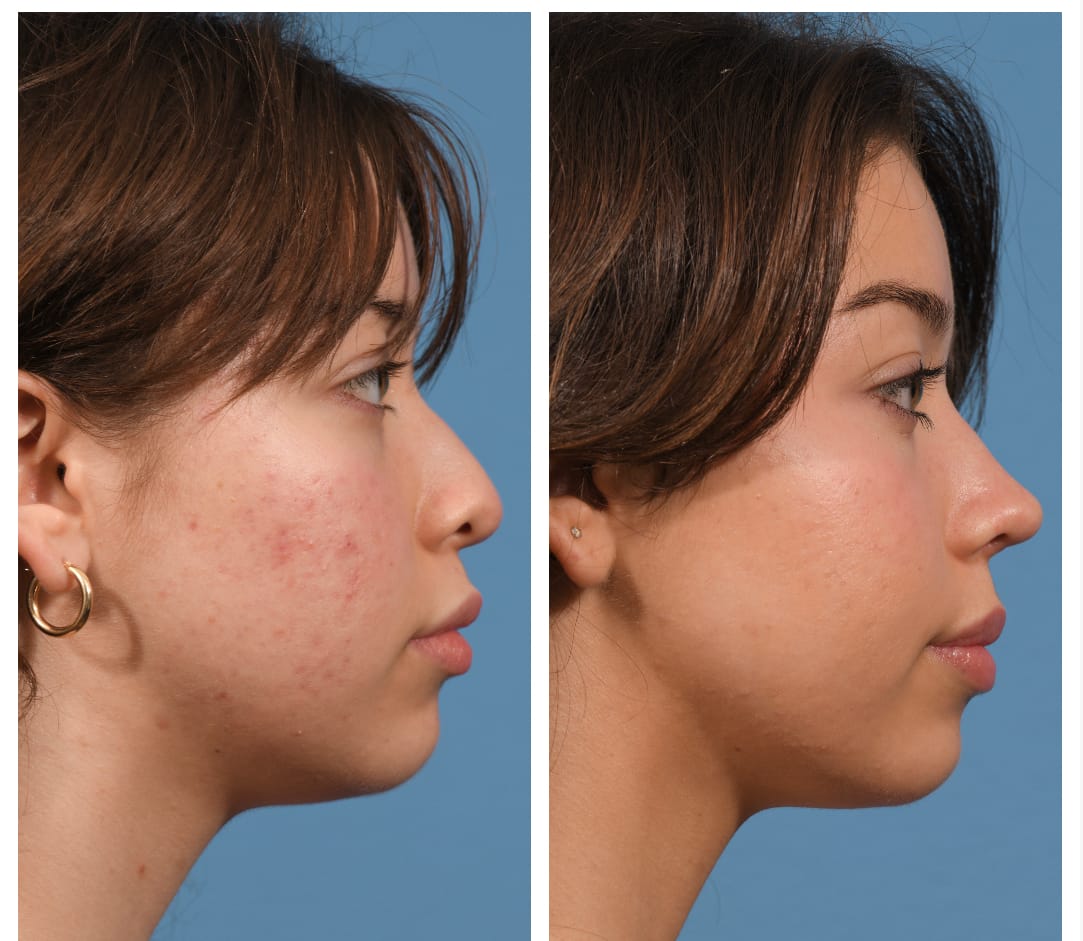Understanding the Available Treatments for Female Hair Loss
21
DecHair loss is often thought of as being specific to men. However, millions of women struggle with thinning hair, too. Dubbed female pattern baldness, or androgenetic alopecia, it has many of the same characteristics as male pattern baldness, but there are some differences.
Understanding Female Pattern Baldness
Female pattern baldness is a hereditary condition, so if you have a female family member who has thinning hair, chances are good that it will also affect you. It is also more likely to begin after menopause and is thought to be related to changing hormone levels within the body.
There are a few key differences between male and female pattern baldness. One of those is that the pattern of hair loss differs in women. Rather than beginning at the front and moving back, the way it often does for men, women usually suffer from all-over hair loss. The condition usually slows hair growth and shrinks follicles, making the hair thinner and more fragile.
Other Causes of Female Hair Loss
In addition to female pattern baldness, women can lose hair for other reasons, too. One of those is a hormone-secreting tumor. Another cause is an underlying endocrine condition. Both of these conditions are usually paired with other symptoms, such as an increase in acne, or an increase in unwanted hair growth. Females with low iron levels or thyroid conditions may have hair loss as well.
How to Treat Female Hair Loss
Hair loss can be even more challenging for women than for men. Thankfully, there are several ways it can be treated, depending on the underlying cause of hair loss. The most beneficial way to treat female hair loss is to accurately diagnose the underlying cause.
Topical Treatments
One of the simplest options is to use a topical treatment, such as minoxidil (Rogaine). It works the same way in women as it does in men, and can help regrow a significant amount of the hair you may have lost. However, it cannot regrow 100% of your lost hair. Note that it can take up to a full year to see results.
Two other topical treatments may be suggested. Finasteride (Propecia) is not designed for women and often should not be used because of the risk of side effects. However, some doctors may recommend it for female pattern baldness. Dutasteride may also be recommended, although it is also only designed for male pattern baldness.
Other Options
In addition to the topical treatments discussed above, other options may be explored, including the following:
- Diuretic – Spironolactone (a diuretic) has been shown to help regrow hair in women. A select few women can experience fatigue, electrolyte imbalances, and other side effects.
- Iron – Some women with hair loss suffer from low iron. Ferritin levels can give insight into whether this is the cause in your case.
- Laser Therapy – Red light therapy has been shown to help increase circulation and hair growth in men and is being used to help some women.
These are just some of the treatment options available to help combat female hair loss. However, because there could also be underlying hormonal conditions driving hair loss, it’s important to work with your doctor, as well as with a hair loss specialist.


